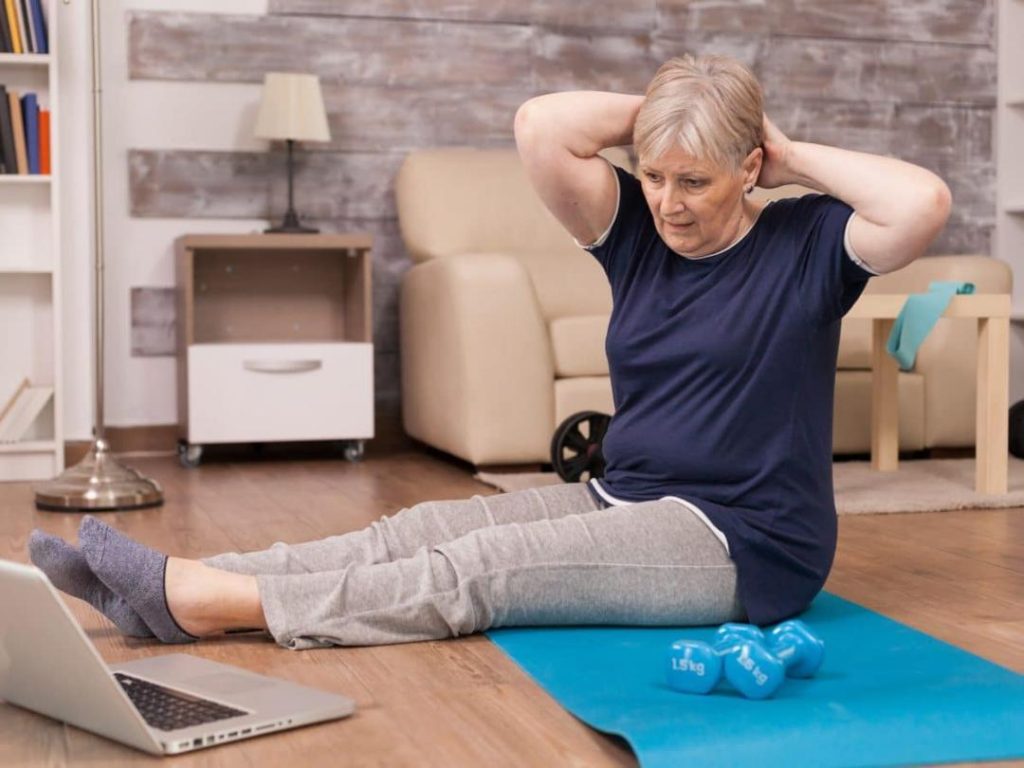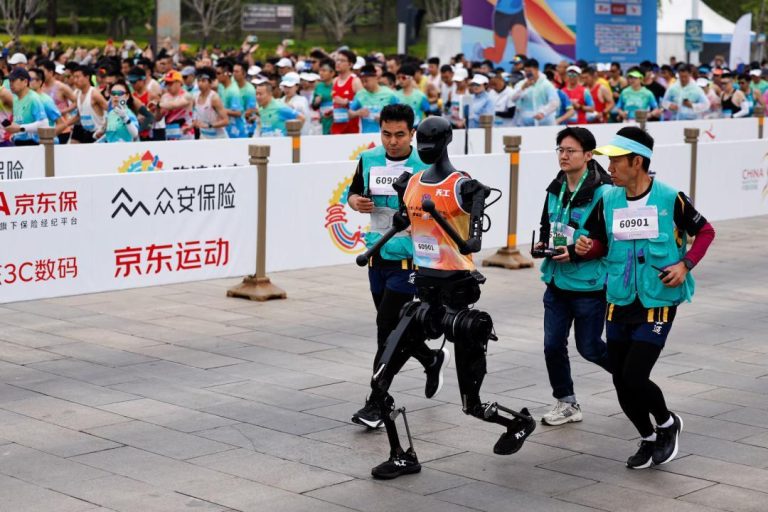
Physiotherapy: How AI & AR are making pain a thing of the past
Pain is a universal experience that affects millions of people worldwide. From backaches to headaches, and from joint pain to muscle strain, the list of potential pain points is endless. However, with the advent of Artificial Intelligence (AI) and Augmented Reality (AR) technologies, the field of physiotherapy is undergoing a significant transformation. By integrating AI and AR into their practice, physiotherapists are now empowered to provide more effective pain management and prevention strategies, shifting the focus from treatment to prevention.
Personalized Exercise Plans
One of the most significant advantages of AI in physiotherapy is the ability to create personalized exercise plans tailored to an individual’s specific needs. Traditional physiotherapy often involves a one-size-fits-all approach, which can lead to ineffective treatment outcomes. AI-powered systems, on the other hand, can analyze a patient’s medical history, physical abilities, and goals to develop customized exercise plans that address their unique needs.
For instance, AI can analyze a patient’s posture and provide real-time feedback on how to correct it. This not only improves their overall posture but also reduces the risk of musculoskeletal injuries and chronic pain. Additionally, AI-powered exercise plans can be adjusted and updated in real-time, ensuring that patients receive the most effective treatment possible.
Real-time Posture Corrections
AI-powered AR technology is another game-changer in the world of physiotherapy. By using a smartphone app or AR glasses, patients can receive real-time feedback on their posture and body alignment. This information can then be used to adjust their posture and prevent musculoskeletal injuries and chronic pain.
For example, AI-powered AR technology can be used to analyze a patient’s posture and provide instant feedback on how to correct it. This not only improves their overall posture but also reduces the risk of musculoskeletal injuries and chronic pain.
Early Detection of Musculoskeletal Issues
AI and AR technologies are also being used to detect musculoskeletal issues early on, preventing injuries and chronic pain from developing in the first place. By analyzing a patient’s movement patterns and body alignment, AI-powered systems can identify potential issues before they become a problem.
For instance, AI-powered systems can analyze a patient’s gait and identify potential risks of developing knee or hip problems. This information can then be used to develop targeted exercise plans and prevention strategies to prevent these issues from developing.
Accessible and Proactive Healthcare
The integration of AI and AR technologies in physiotherapy is not only improving treatment outcomes but also making healthcare more accessible and proactive. By providing personalized exercise plans and real-time feedback on posture and body alignment, AI-powered systems are empowering patients to take control of their health and wellness.
Moreover, AI-powered systems can be accessed remotely, making it easier for patients to receive physiotherapy services from the comfort of their own homes. This is particularly beneficial for individuals who live in rural areas or have mobility issues that make it difficult to access physiotherapy services in-person.
Conclusion
In conclusion, the integration of AI and AR technologies in physiotherapy is revolutionizing the way we approach pain management and prevention. By providing personalized exercise plans, real-time posture corrections, and early detection of musculoskeletal issues, AI-powered systems are empowering physiotherapists to provide more effective and proactive care.
As we move forward, it is essential to continue exploring the potential of AI and AR technologies in physiotherapy, ensuring that patients receive the most effective and accessible care possible. With AI and AR, pain is no longer a thing of the past, but a thing of the present – a challenge that can be overcome with the right technology and expertise.
Source:
https://www.healthcareradius.in/features/technology/physiotherapy-obesity-tech






